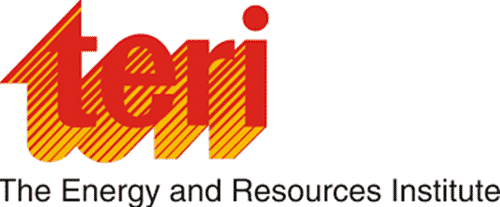IBM’s AI-based Chemistry Lab: RoboRXN
The development of an AI/cloud-based chemistry lab named RoboRXN was recently announced by IBM on its blog page. The purpose of this lab is to help and allow chemists to develop new materials in a more efficient and faster way than the current trial-and-error process.
Combining other raw materials, often through the use of treatments to instigate chemical reactions, humans have devised new materials for thousands of years. However, over the years, the trial-and-error method has remained relatively unchanged and it is an oftentimes tedious, and expensive endeavor. For a company to develop useful new material in the modern age, as part of its announcement, IBM suggests that it takes on average 10 years and costs on average $10 million. Using a combination of cloud-based access and artificial intelligence, IBM is hoping to change that by automating much of the process and has expanded on a free cloud-based app launched in 2018 that predicts the outcome of chemical reactions- IBM RXN for Chemistry.
The RoboRXN system returns a step-by-step instruction guide along with a list of ingredients, like a cooking recipe, and allows chemists to feed the system a molecule they want to make. Chemists
will be able to synthesize materials in unprecedented ways with the new system, claims IBM.The working of such a system could be understood by one example, using it in the synthesis of beneficial natural substances. For instance, scientists might find a plant that slows the onset of Alzheimer’s disease in the Amazon jungle. Then, they would find the active ingredient in the plant, a molecule, after close study. To figure out how to make that molecule, heading into the lab and try different ways would be the next step traditionally. This process is the reason for the hefty price tag as the process could take years.
IBM claims that with RoboRXN, chemists can receive explicit instructions on how to make that molecule after they simply submit the particulars of the molecule. However, there are some caveats too, for example, the formula the system arrives is not guaranteed to be cost-effective. Additionally, the system is limited to handling just five synthetic steps in its current configuration.
Source
IBM’s AI-based Chemistry Lab: RoboRXN, an AI/cloud-based Chemistry Lab















































